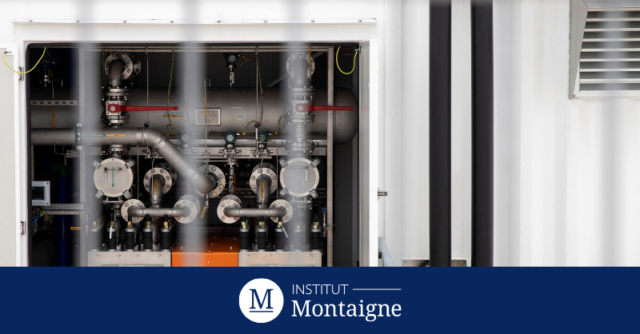
When it comes to their hydrogen strategies, the EU and China adopt significantly different approaches.
For starters, China lacks industrial decarbonization targets compared to the EU. It has a carbon neutrality objective for 2060 ( compared to 2050 for the EU) and a completely different position in the future green hydrogen market. Europe is technologically a bit more advanced, despite a higher cost in Europe for manufacturing electrolyzers. Given it has fewer renewable endowment, the EU will need to import some of its carbon-free hydrogen. Without access to a cheap supply from renewable-rich countries, the EU will hardly remain competitive. China, on the other hand, has already significantly reduced the cost of early generation electrolyzers compared to its Western competitors and is working to bridge the technological gap. China’s delay in setting industrial peak targets gives it time to catch up with its technological gap with Western competitors. Finally, unlike the EU, China does not need to import green hydrogen for its decarbonization as it has enough renewable resources to produce domestically. Instead, its challenge is domestic: connecting producer and consumer regions.
While the EU has a clear green hydrogen strategy that includes an industrial decarbonization policy, strict quantitative targets and hourly provisions to ensure grid safety, China does not yet have one. Chinese policies do not include binding rules for green hydrogen production, nor do they have concrete quantitative targets or stringent policies to regulate the carbon content of renewable and low-carbon hydrogen. Instead, China is biding its time, by waiting for two things. First, learning from others, such as the EU and Japan to learn from their experience with green hydrogen policies. Second, and more importantly, by waiting for its own market players to be ready to compete with equal level technologies on the global market.
Renewable hydrogen is the next big thing in China and the country is aiming to take its share of the hydrogen technology market. The size of its green hydrogen market is potentially so big that it cannot afford to let it be dominated by foreign technologies. As a result, China is postponing the implementation of binding targets for renewable hydrogen production until the opportune moment arises. Rather than aspiring to be the international hydrogen supply market, China is focusing on gaining technologies it lacks from other countries in order to lower costs dramatically to gain market dominance and energy independence.
For the hydrogen transport, liquefaction, storage, distribution market, competition will probably be open for the time being. However, in the electrolyzer market, once China gains technology parity, this will have consequences for European actors and the European hydrogen policy. Since China is particularly good in cost reduction through economies of scale, driven by a growing domestic and global demand, Chinese manufacturers could take a significant role in reducing green hydrogen production cost globally. This, however, could be detrimental to the incumbent European players, who would face stiff competition, particularly in third markets. Chinese hydrogen actors will however encounter similar obstacles to their Japanese and European counterparts when it comes to constructing large-scale electrolyzer projects that demand expertise and proficiency in complex integration processes. Consequently, international collaboration will continue to be imperative, even for China, particularly in areas where there are synergies with other nations.
The author acknowledges that the RIFS report “China’s emerging hydrogen economy“ and the OIS report “China’s hydrogen development: A tale of three cities” were significant sources used for this analysis. The author also thanks Mr. Mickael Naouri from Air Liquide China for his review of this paper.
Copyright Image : Alex HALADA / AFP









